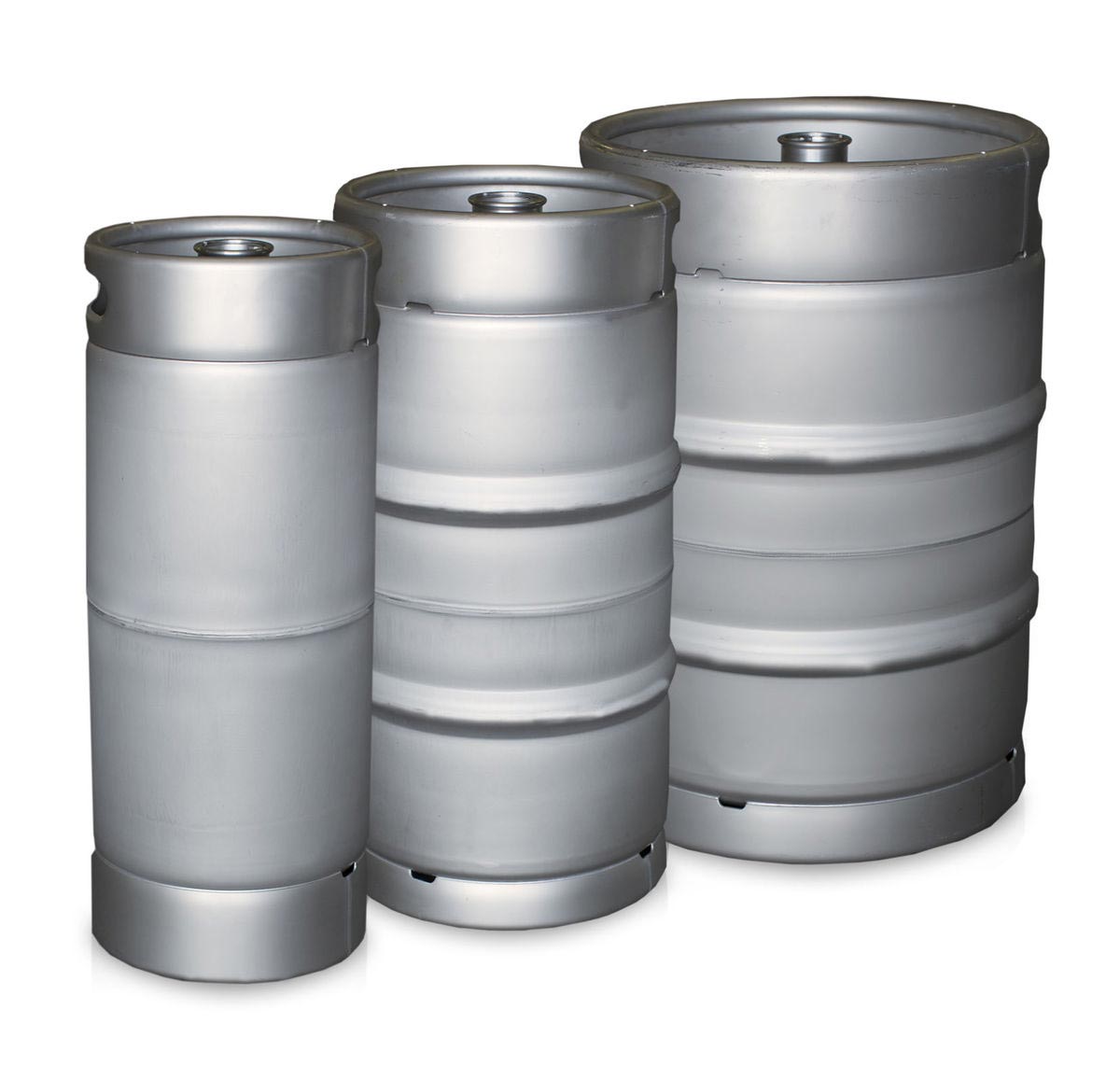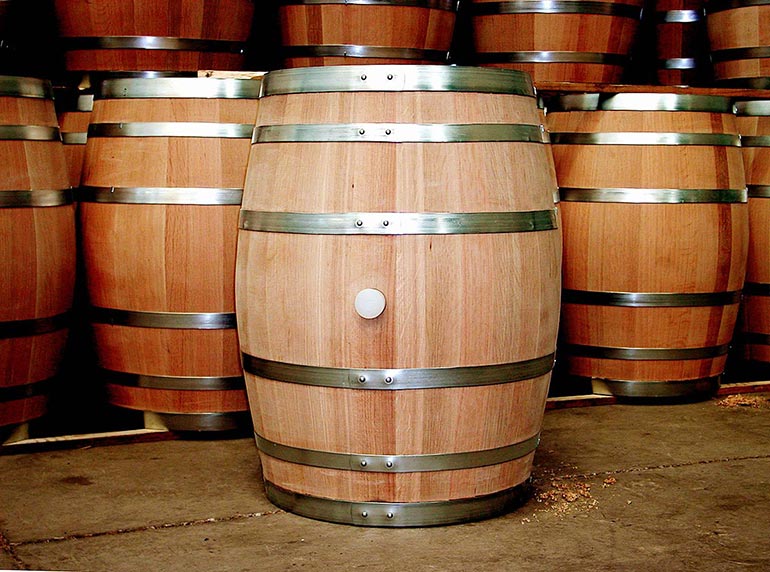Start 14-Day Trial Subscription
*No credit card required

The Most Popular Beer Sizes in Cans, Glasses, Kegs and More
Discover the world of beer serving sizes and vessels! From pint glasses to cans, bottles to kegs, unravel the confusion with our guide to the most popular beer sizes. Learn about the various glass shapes and sizes that enhance your beer-drinking experience.
Bottle Sizes
Bottles are still the dominant form of beer containers sold in retail outlets, occupying the top two slots of IRI Worldwide beer sales data. There are all sorts of thoughts about green, clear and brown bottles, with brown being the winner in most hearts and minds. Like cans, they come in a huge array of beer bottle sizes, but these are the most common.
Tips: A bottle opener is a common tool used for bottling beer. If you are a brewer or retailer, you can customize challenge coins with a bottle opener function to give to your customers. You can choose from a variety of different designs, such as adding your brand logo or a favorite saying, which is not only a practical and fun gift but can also serve as a branding tool.
12 oz.
Like the 12-ounce can, 12-ounce bottles are the standard container for macro beers, mostly in 6-, 12- and 24-packs. The bottles also vary a bit on design, ranging from 11.2 ounces to 13 ounces, from stubby to short to long-necked.
22 oz.
Long staples of the craft beer community, “bombers” are beginning to see a drop in popularity in favor of 4-packs of 16-oz cans for limited-release beers. Offered singularly, a 22-ounce bottle offers consumers the ability to try to more beer and share with friends as they embrace the experiential qualities of beer culture. Bombers were the standard-bearers for limited-release offerings from the finest breweries for a long time; however, pint cans have quickly overtaken them due to the rise of New England IPAs, which are almost always found in pint cans, as well as the fact that cans are much more transportable. Bomber tops can also be dipped in wax to add to the exclusivity.
750 mL
Another large-format bottle, this one is most commonly found as a "standard" wine bottle size. Brewers often turn to this size (and similar mL sizes) to showcase specialty beers, especially wild and sour beer categories. A 750-mL bottle contains a little more than a pint and a half of liquid, or 25.28 ounces, while a similar-sized 765 mL bottle contains almost 25.87 ounces. Refined beers found in this container are often caged and corked, adding to the overall elegance of the graceful shape of this bottle.
64 oz.
A "growler" is a great way for a drinker to experience beer from breweries − and other venues − with beers only available on draft. Most often a familiar glass jug with a small finger handle by the mouth of the container, growlers can also be stainless steel or ceramic. The containers can also be a variety of sizes, including 32 ounces.
Crowlers
A canned growler, the crowler is a rather new addition to the craft beer container world, and it has skyrocketed in popularity as it its single usage keeps beer fresher than resealable glass growlers. Crowlers are sealed in-house, often behind the bar at the taproom, and come in 32-ounce variants (though smaller versions are apparently being worked on). As has been stated, cans have risen in popularity due to their apparent ability to keep beers fresher for longer.

Photo Courtesy Flickr/Richard Gould
Keg Sizes
Unless a brewery is serving straight out of serving tanks, beer from a tap handle is coming from kegs at the brewpub or bar. Kegs are most commonly silver metal, but also come in plastic and are usually reusable. Disposable kegs are increasingly offering small breweries opportunities for distribution.
Half Barrel
This is the most common size of keg and likely a familiar look for any person who’s been to a college kegger. A standard barrel (which is how brewers measure their production) is 31 gallons, meaning this is 15.5 gallons. That equates to approximately 124 pints of beer, or 165 12-ounce pours.
Quarter Barrel
Keg sizes are fairly self-explanatory; this is 7.75 gallons, or a quarter of a barrel. These come in two heights and girths, but regardless carry about 62 pints or 82 12-ounce beers.
Sixth Barrel
More common now as beer bars increase their tap counts and the idea of rotating beers, sixth barrels hold 5.16 gallons of beer, or a sixth of a barrel. Often called a "sixtel" in breweries, these pour 42 pints or 56 12-ounce servings.

Wood Barrels
53 gallon
When a brewer says he brews 1,000 barrels, he does not mean he made 1,000 of these wood barrels worth of beer -- the brewer is referring to the standard brewing barrel size of 31 gallons. Still, these wooden, 53-gallon barrels find themselves as centerpieces of brewery tours, mostly due to their purpose for aging beer. In fact, some breweries have warehouses full of thousands of barrels aging beer at any given time. Polish these off in one sitting, though, and it's time to think about a treatment program. The standard and most commonly used barrel is the 53-gallon variety used by bourbon makers, but they come in a wide range of sizes, just like kegs.





Comments
Pages